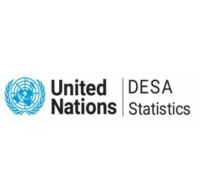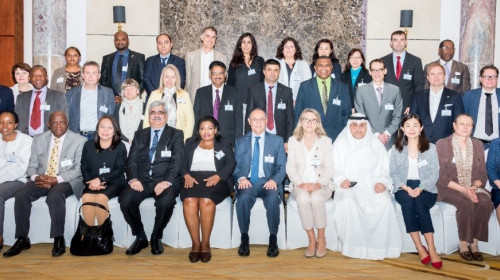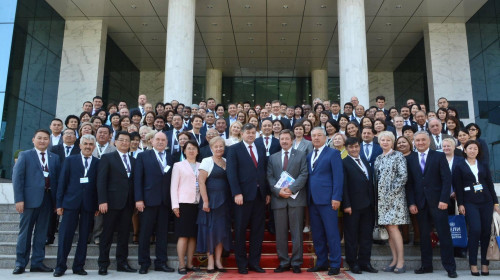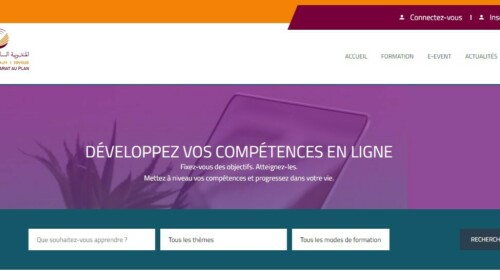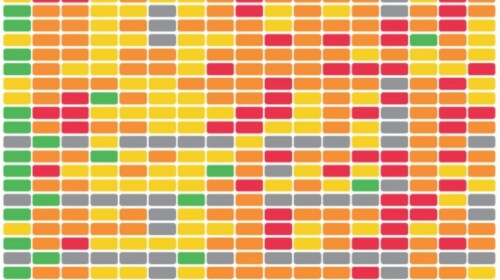The 2030 Agenda for Sustainable Development, adopted by all United Nations Member States in 2015, sets forth the global vision to 2030. At its heart are the 17 Sustainable Development Goals (SDGs) which provide the benchmarks that should be achieved by 2030 in order to leave no one behind. A robust follow-up and review mechanism for the implementation of the 2030 Agenda requires a solid framework of indicators and statistical data to monitor progress, inform policy and ensure accountability of all stakeholders at the global and national level. The global indicator framework consisting of 169 targets and 242 indicators was adopted by the General Assembly in 2017.
At the national level, the 2030 Agenda encourages member states to conduct regular and inclusive reviews of progress at the national and sub-national levels which are country-led and country-driven. The United Nations Statistics Division is working closely with national actors as well as international partners to build capacity in countries for reporting on the SDG indicators using national indicator frameworks.
National metadata are an important element in better understanding how the SDG indicator has been collected, processed and disseminated. The global metadata set can be used as guidance, but source and processing information will be different in each country and for each data source. Definitions and concepts may also vary and it is important to sensitise the user to this.
This is an e-learning course in how to compile national metadata for the SDGs. After introducing the SDGs overall and key metadata concepts, it provides guidance in how to fill a metadata template for SDG indicators. The e-learning course is based on trainings which have been conducted as part of the UNSD-DFID project on SDG monitoring.
The course is self-paced without instruction and can be taken at any point in time.
Target Audience
The target audience are experts who are responsible for providing data and metadata for one or more national SDG indicators.
The course can also be useful to a wider audience who is interested to learn more about metadata in the SDG context.
Learning Objectives
- Better understand key concepts around metadata, particularly related to the SDGs
- Learn how to fill the SDG metadata template
- Better understand the importance of metadata to help explain the data and potential differences between data.


